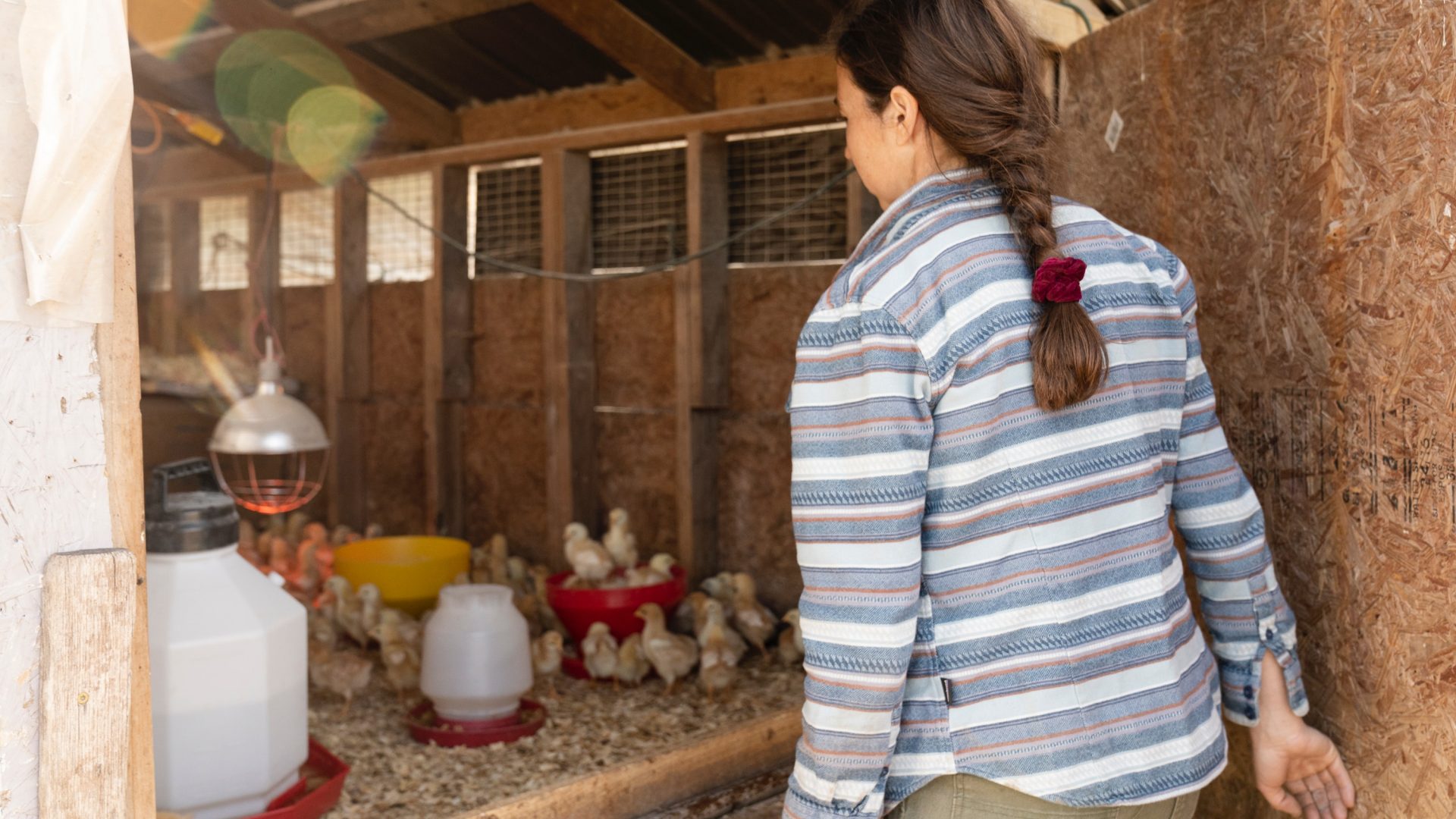
Every day, we waste a lot of food. Can chickens and other urban farm animals be a meaningful solution?


Every day, we waste a lot of food. Can chickens and other urban farm animals be a meaningful solution?
The truth is, we create a lot of food waste—while traveling, dining out at restaurants, and even at home. Maybe you’ve already heard the numbers: Globally, nearly one-fifth of all food produced is never eaten, with rates closer to 30 or 40 percent in developed nations like the US. The bulk of that waste happens once the food has already been harvested and sold—like the wilted heads of lettuce you buy and never eat or the half-finished smoothie thrown out before going through airport security, rather than unharvested produce rotting in the field.
The environmental cost of food waste can be measured by the inefficiencies of making food that we never eat—adding up fossil fuels burned for harvesting and transport, waterways polluted by fertilizer runoff, and so on. But food waste, no matter where or why it happens, also impacts our earth after it’s thrown away. When food waste decomposes in landfills, without the right organisms and conditions to break down harmlessly the way it would in a compost heap, it creates the potent greenhouse gas methane as it degrades.
There are all sorts of ways we can reduce the amount of food waste that comes from our everyday lives and ends up in the landfill, like using smaller plates, meal planning and setting up a home composter (if you have space). But in recent weeks, videos touting the food waste-reduction powers of urban chickens have been circulating the Internet.
If you’re not familiar with the practice of keeping backyard chickens, the first thing to know is that the birds, paired with a compost heap and a bit of yard space, can gobble up a lot (but not all) of the vegetable peels, rinds, leftovers, spoils and crusts that would otherwise go in the trash. Plus, they produce fresh eggs, helping owners access fresh and nutritious food for themselves and their families for minimal cost.
In the now-viral videos, Belgium’s urban chicken program has been celebrated as a government-led program that helps achieve more environmentally-friendly communities. But the truth is, towns and cities in Belgium have run programs offering free or steeply discounted chickens to community members for many years. In 2010, the town of Mouscron gave away 50 pairs of hens to local households, with the stipulation that they wouldn’t kill them for at least two years. Etterbeek got in on backyard chickens in 2015, a decade after 2,000 families collected three chickens apiece in Diest. In all cases, the adoptive families also got some instruction in basic chicken care.
And although there have been reports that the presence of 6,000 urban chickens was able to reduce 100 tons of waste into the local landfill in the first month after the Diest program began, we still exactly how much chickens can impact a local community’s waste program. Right now, there’s still not much solid, peer-reviewed research out there yet that has accurately measured how much keeping chickens actually impact a household’s food waste and overall carbon footprint. It comes down to a range of factors, including whether there’s an available municipal composting service and how the owners use the chickens’ waste and dispose of any extra.
What we do know for sure, though, is that chickens do eat kitchen scraps and in doing so can markedly reduce a household’s food waste. They don’t require more care than any other pet, and unlike Fido, their waste is excellent garden fertilizer. Chickens pecking and scratching for grubs can help aerate soil, and they produce delicious eggs.
So it’s not a perfect or complete solution to food waste, by any means—renters and apartment-dwellers can’t exactly house a flock of fowl, and chickens aren’t able to eat certain foods, like animal bones or egg shells. But it is an interesting conversation and an opportunity to explore meaningful solutions to our overall impact on the environment as individuals and as communities. Plus, it’s a pretty cute way to reduce our carbon footprints, right?

Miyo McGinn is Adventure.com's US National Parks Correspondent and a freelance writer, fact-checker, and editor with bylines in Outside, Grist, and High Country News. When she's not on the road in her campervan, you can find her skiing, hiking, and swimming in the mountains and ocean near her home in Seattle, Washington.








Can't find what you're looking for? Try using these tags: